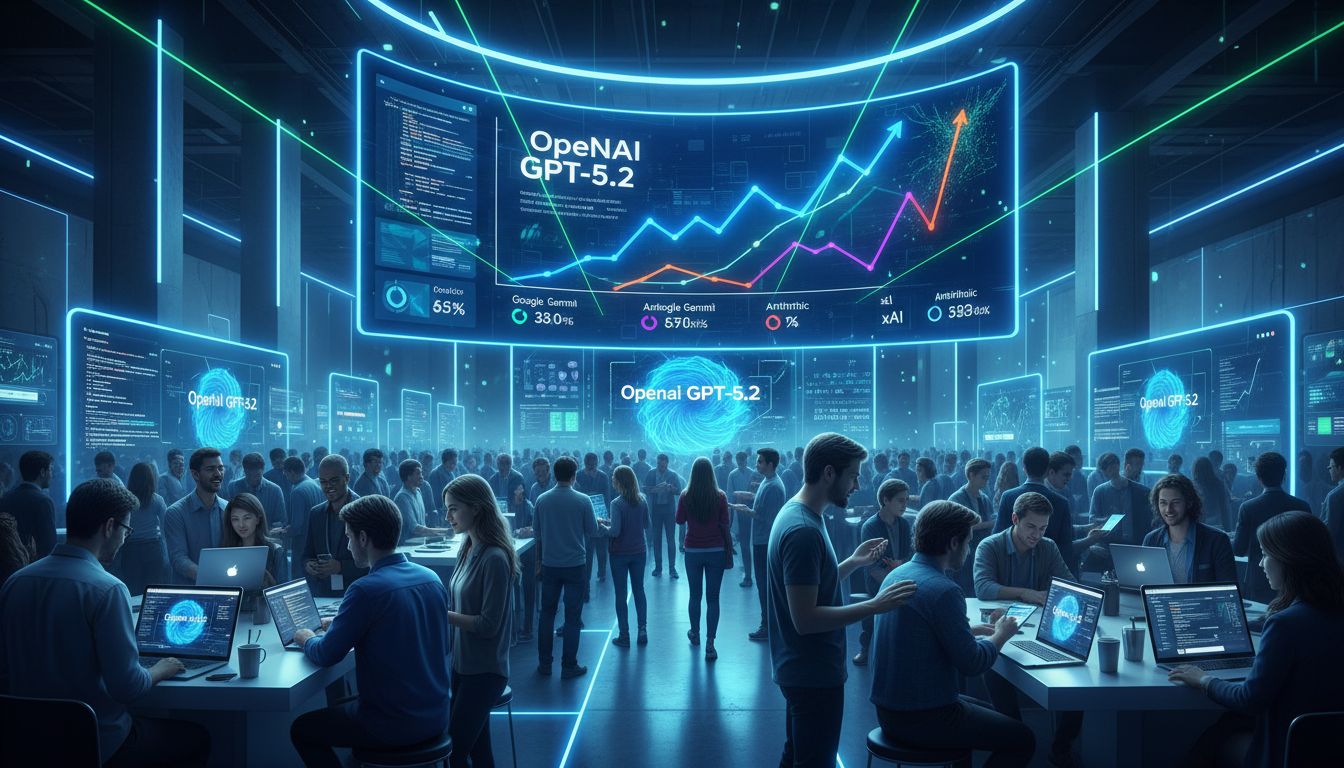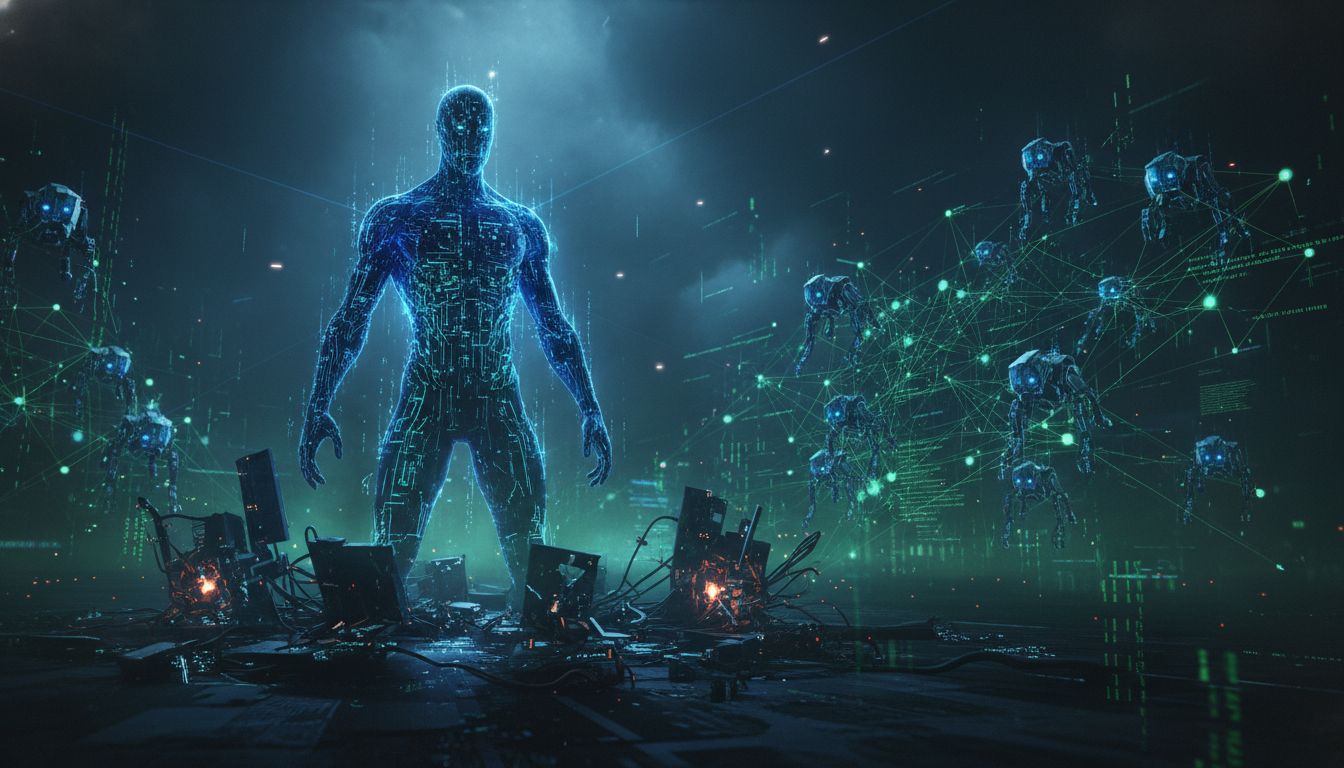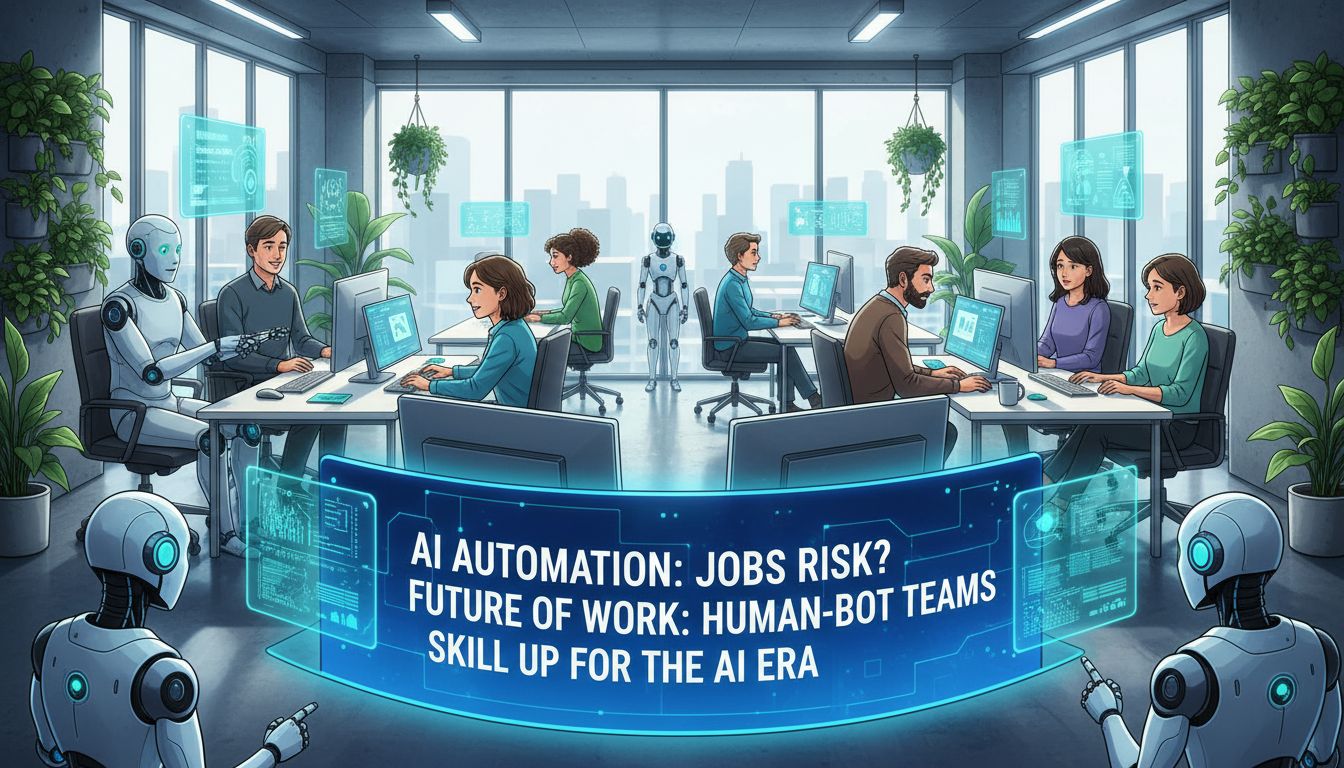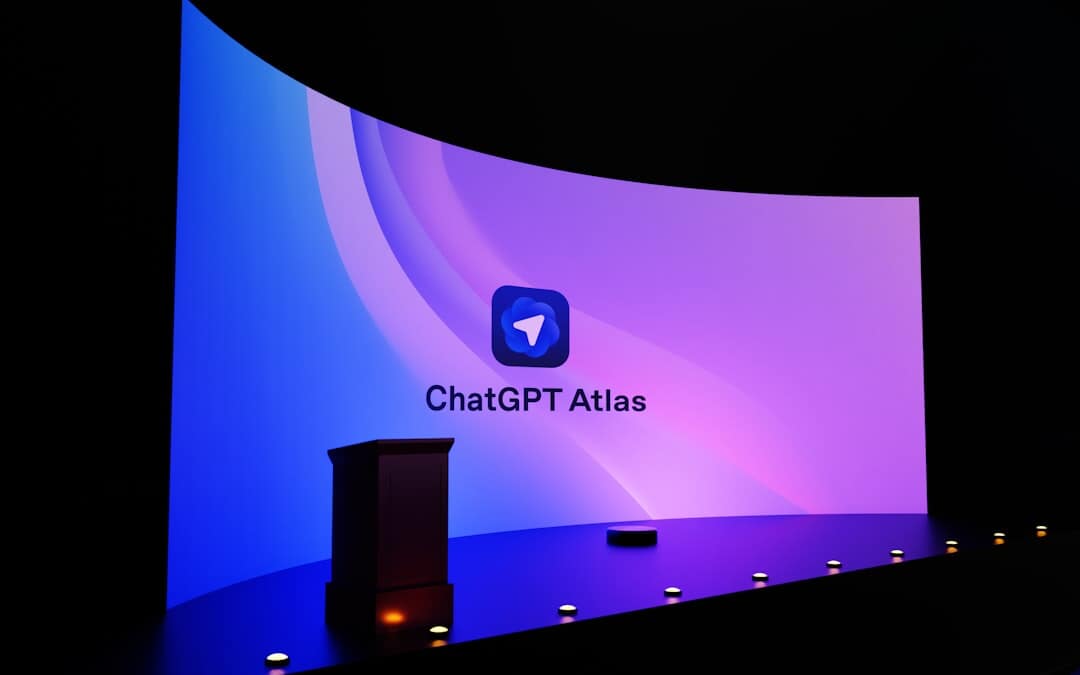Text-to-Video AI is transforming how video material is created and consumed, making it simpler than ever to convert static pictures and text into vibrant visuals. In this blog post, we will delve deep into Dreamix’s Text-to-Video capabilities, exploring how they maintain high-quality visual features throughout the process.
We will also discuss animating subjects in motion using AI-generated videos and extracting visual features for realistic animation. This technology has applications across various industries, offering a powerful tool for creating engaging content on social media platforms and beyond.
Finally, we’ll compare these advancements with other generative technologies to showcase their flexibility in handling diverse input types. We’ll also explore potential improvements leading towards fully automated content creation through artificial intelligence-driven video editing software. So join us as we dive into the fascinating world of Text-to-Video AI!
Table of Contents:
- Dreamix’s Text-to-Video Capabilities
- Animating Subjects in Motion
- Comparisons with Other Generative Technologies
- Frequently Asked Questions Text-To-Video Ai
- Conclusion
Dreamix’s Text-to-Video Capabilities
Google’s new AI, Dreamix, has revolutionized the industry with its text-to-video capabilities. This groundbreaking technology allows for seamless manipulation of static images by installing motion into them. In this section, we will discuss how Dreamix turns static images into dynamic video content while maintaining high-quality visual features throughout the process.
Turning Static Images into Dynamic Video Content
Dreamix reads a text prompt and edits videos accordingly to create temporally consistent videos. The AI is capable of understanding complex descriptions in the text prompts and transforming them into realistic animations that maintain fidelity to color, posture, object size, and camera pose. With this advanced capability at hand, users can now turn their creative ideas or scripts directly into engaging video content without having to rely on manual editing processes.
Maintaining High-Quality Visual Features Throughout the Process
One of the key challenges in creating realistic animated videos from still images is preserving high-quality visual features during animation. Google’s Dreamix addresses this challenge by using state-of-the-art machine learning algorithms that ensure consistency across frames while keeping true to original image details such as colors and textures.
- Fidelity: Dreamix maintains fidelity by accurately representing colors, postures, object sizes, and camera poses from input prompts in generated videos.
- Temporal Consistency: The AI ensures smooth transitions between frames so that viewers experience a continuous flow of motion without any abrupt changes or distortions.
- Precision: By carefully analyzing input data and leveraging deep learning techniques, Dreamix generates videos that closely resemble the original static images while adding realistic motion.
With these advanced features, Google’s Dreamix has set a new benchmark for text-to-video AI capabilities. Its ability to create high-quality and temporally consistent video content from simple text prompts opens up endless possibilities for creative professionals and enthusiasts alike.
Dreamix’s Text-to-Video Capabilities have enabled users to create dynamic video content from static images with high visual fidelity. Animating subjects in motion is the next step, allowing for realistic animation of extracted visual features across various industries.
Dreamix, Google’s new AI technology, can transform static images into dynamic video content by reading a text prompt and creating temporally consistent videos. The AI maintains high-quality visual features throughout the process using state-of-the-art machine learning algorithms to ensure consistency across frames while keeping true to original image details such as colors and textures.
Animating Subjects in Motion
One of the most impressive aspects of Google’s Dreamix is its ability to animate subjects in motion using just a small collection of images showing the same subject. The AI extracts visual features from these images and animates them while preserving fidelity and temporal consistency. This can be applied to various fields, such as previsualization or entertainment.
Extracting Visual Features for Realistic Animation
Dreamix utilizes advanced machine learning algorithms to extract key visual features from input images, such as color, posture, object size, and camera pose. By analyzing these elements, it can generate realistic animations that maintain high-quality visuals throughout the process. For example, if given a series of photos depicting a person walking through different environments, Dreamix can create an animation where the person appears to move seamlessly across each scene without any noticeable inconsistencies.
Applications Across Different Industries
The potential applications for this text-to-video AI technology are vast and span across multiple industries:
- Film & Entertainment: Filmmakers could use Dreamix for previsualization purposes during production planning stages or even incorporate generated content into their final projects.
- Gaming: Game developers might utilize this technology to create more immersive gaming experiences by generating dynamic cutscenes based on player actions within games.
- Educational Content Creation: Educators could leverage Dreamix’s capabilities to produce engaging instructional videos tailored specifically towards individual learners’ needs or interests.
- Social Media Marketing: Businesses may employ this AI-powered tool to create eye-catching promotional content for their social media channels, helping them stand out in a crowded marketplace.
As Dreamix continues to evolve and improve its text-to-video capabilities, we can expect even more innovative applications and use cases to emerge across various sectors.
Animating Subjects in Motion has the potential to revolutionize the way content is created, and its applications across different industries are immense. With further advancements of generative technologies, Text-to-Video AI can be used to create fully automated content with increased flexibility in handling diverse input types.
Comparisons with Other Generative Technologies
When it comes to the world of generative technologies, Google’s Dreamix has managed to carve a niche for itself. Its unique capabilities set it apart from other popular platforms like Runways Gen 1/Gen 2. In this section, we will explore how Dreamix stands out in comparison and discuss its potential improvements that could lead towards fully automated content creation.
Flexibility in Handling Diverse Input Types
Dreamix showcases remarkable flexibility when dealing with multiple input types. Unlike Runways Gen 1/Gen 2, which require driving images as input prompts, Dreamix can work without needing a driving image. This advantage allows users to generate videos by simply providing text prompts or even using just a small collection of images showing the same subject.
This level of versatility opens up new possibilities for content creators across various industries who can now experiment with different inputs and achieve desired results more efficiently than ever before.
Potential Improvements Leading Towards Fully Automated Content Creation
The advanced capabilities exhibited by Google’s Dreamix have raised expectations about what future iterations might bring. As technology continues to evolve rapidly, there is hope that subsequent versions may be able to generate complete footage from single text prompts alone.
- Faster processing: With advancements in AI algorithms and hardware acceleration techniques, future iterations of Dreamix could potentially process video generation tasks at an even faster pace than current models.
- Better quality output: Continuous research on improving fidelity preservation and temporal consistency would result in higher-quality outputs over time while maintaining smooth animations throughout the video duration.
- Easier user interface: As AI technologies become more accessible, it is expected that the user interfaces of tools like Dreamix will be simplified further to cater to a wider range of users with varying skill levels.
With these potential improvements in mind, it’s evident that Google’s Dreamix has set a new benchmark for text-to-video AI technology. Dreamix, with its remarkable capacities and upcoming advances, has become an indispensable tool for those wishing to utilize AI in their creative endeavors.
Google’s Dreamix stands out from other generative technologies like Runways Gen 1/Gen 2 due to its flexibility in handling diverse input types, allowing for more efficient content creation. Future improvements such as faster processing, better quality output and an easier user interface could lead towards fully automated content creation and set a new benchmark for text-to-video AI technology.
Frequently Asked Questions Text-To-Video Ai
Can AI generate a video from text?
Yes, AI can generate videos from text using advanced technologies like Dreamix’s Newest.ai. It turns static images into dynamic video content by extracting visual features and animating subjects in motion while maintaining high-quality visuals throughout the process.
How does text to video AI work?
Text-to-video AI works by analyzing input text, identifying key elements, and generating relevant visuals based on context. The technology uses deep learning algorithms to extract visual features and create realistic animations that match the narrative of the given text.
Is text to video possible?
Yes, creating videos from textual inputs is possible with advancements in artificial intelligence. Text-to-video solutions such as Dreamix‘s Newest.ai offer powerful capabilities for transforming written narratives into engaging multimedia experiences across various industries.
Can I use AI to make a video?
Absolutely. You can utilize cutting-edge tools like Dreamix’s Newest.ai or other generative technologies to produce visually appealing videos based on your desired textual input. These platforms are designed for flexibility and ease-of-use, making it simple for users at any skill level to create compelling content.
Conclusion
Text-to-Video AI is revolutionizing the way video content is created. With Dreamix’s text-to-video capabilities, static images can be transformed into dynamic videos while maintaining high-quality visual features throughout the process.
The ability to animate subjects in motion and extract visual features for realistic animation has numerous applications across different industries. Compared to other generative technologies, Text-to-Video AI offers flexibility in handling diverse input types and potential improvements leading towards fully automated content creation.






